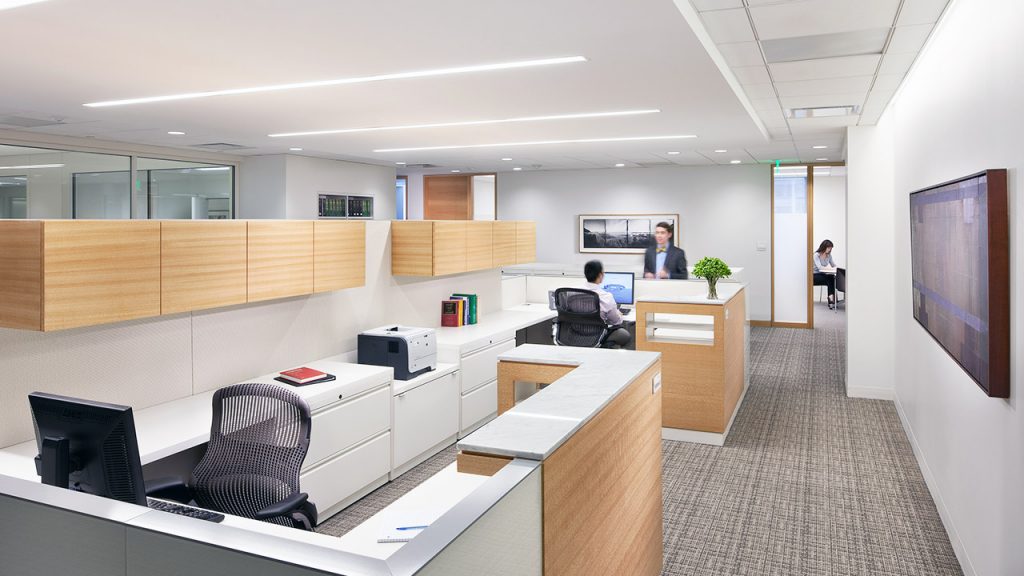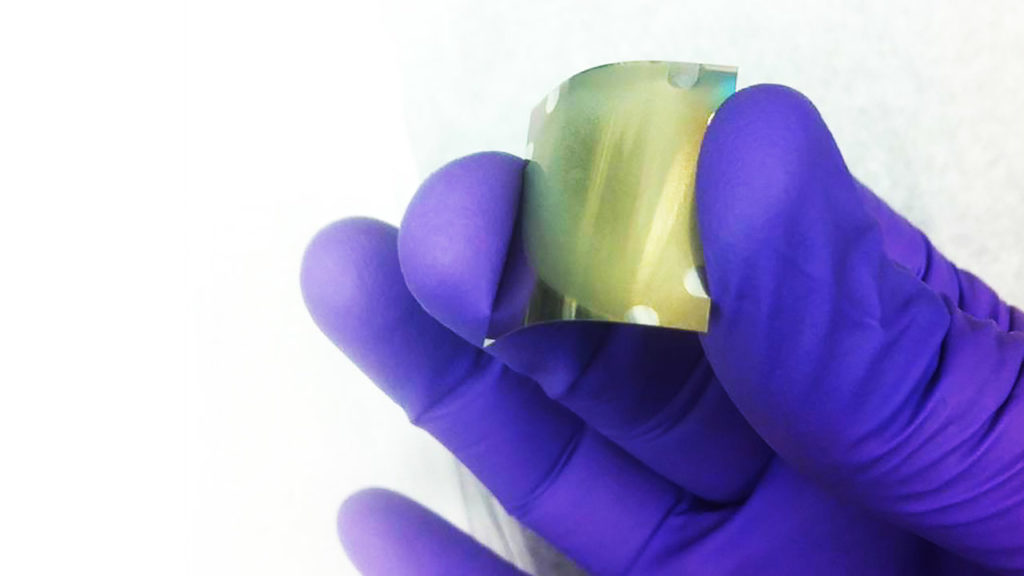University of Guelph Working with LED Lights to Grow Plants in Space
The University of Guelph in Controlled Environment Systems Research Facility (CESRF) has been investigating controlled-environment plant production and how to grow plants in space for food, oxygen, fresh water and carbon dioxide—human life supports.

The University of Guelph in Controlled Environment Systems Research Facility (CESRF) has been investigating controlled-environment plant production and how to grow plants in space for food, oxygen, fresh water and carbon dioxide—human life supports.
These studies are Canada’s contribution to “biological life support” or growing plants in space, now easily possible with LED lighting. Researchers are working to refine and perfect LED technology for this purpose.
The research and technology developments in this field include:
Biofiltration of indoor air (with terrestrial applications to mitigate “sick building syndrome”),
Disinfection methods that leave no toxic residue,
Ideal candidate crop selection as a source of food on long-term space exploration missions,
Reduced pressure studies to develop low-mass, inflatable “greenhouses” for the moon and Mars,
Environment control “recipes” for light, CO2, temperature, humidity, nutrients, water and, of course, a host of sensors of these environmental variables to facilitate plant growth,
Among the more recent tools in the pursuit of high-density production of a range of crops are LEDs as a source of photosynthetic energy.
LEDs have a unique narrow wave band of light that represents a small sub-section of the solar spectrum. There are many examples of LEDs that virtually fill the spectrum of visible light and beyond to include ultraviolet bands and far-red to infra-red components.
LEDs offer the opportunity to design a spectrum and assess the responses of plants to some very unusual colour combinations. The new attributes of LED lights can improve upon the sun in the production of various plant commodities.
The latest research findings on various spectral qualities like colours provide details on specific responses in some plants related to the plant’s size, shape and photosynthetic efficiency. With the help of LEDs, the researchers could modify the content of metabolic compounds that influence the colour, taste and medicinal properties of a plant.
Researchers at the University of Guelph’s CESRF have been working with industry collaborators in the phyto-pharmaceutical sector (Plant Form Corporation), the medical cannabis sector (ABcann Medicinals Inc.), the LED sector (Intravision Light Systems) and the controlled environment sector (Conviron Ltd.) to refine recipes of environment control to grow plants for medicinal purposes.
And given US President Donald Trump’s recent comments about sending American astronauts back to the moon and Mars, the researchers believe that there is every likelihood that they will get to test their “plants in space” expertise some time soon.
BizLED Magazine






